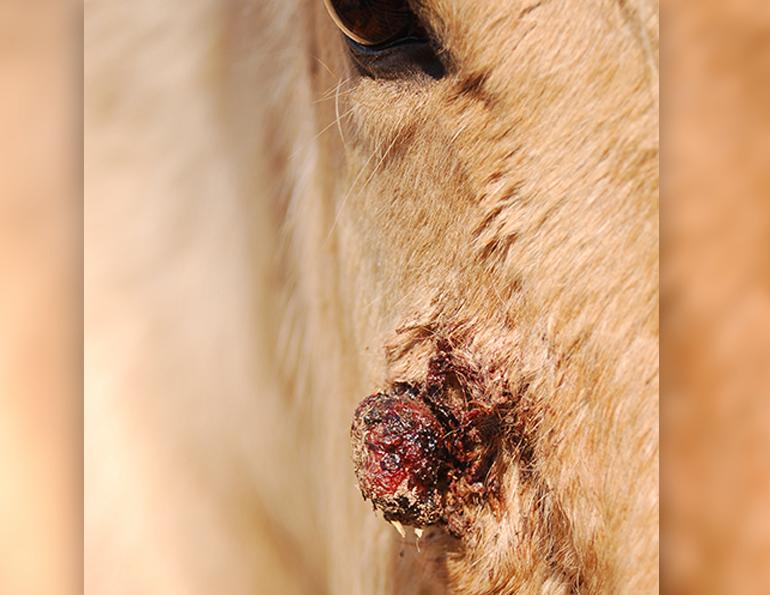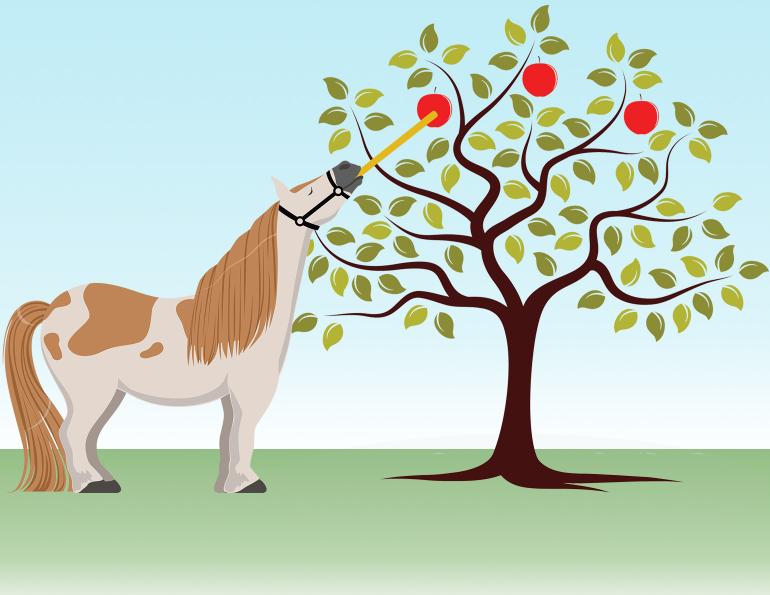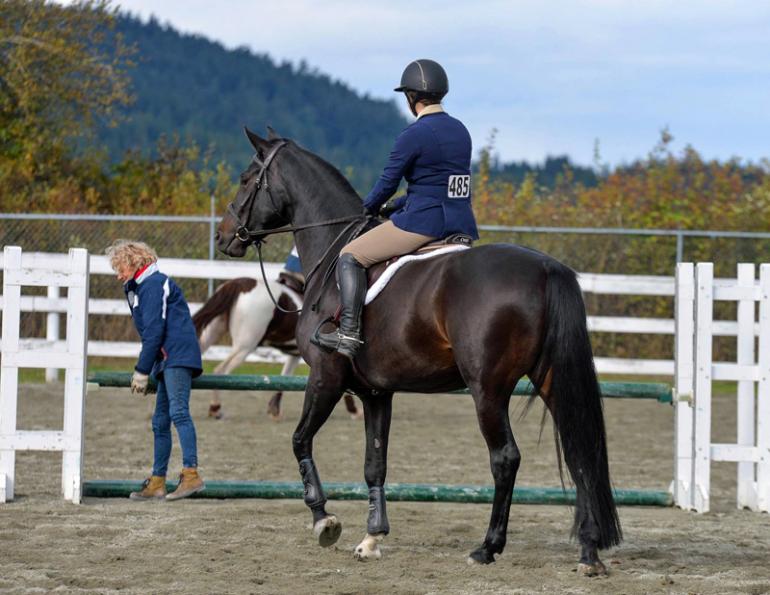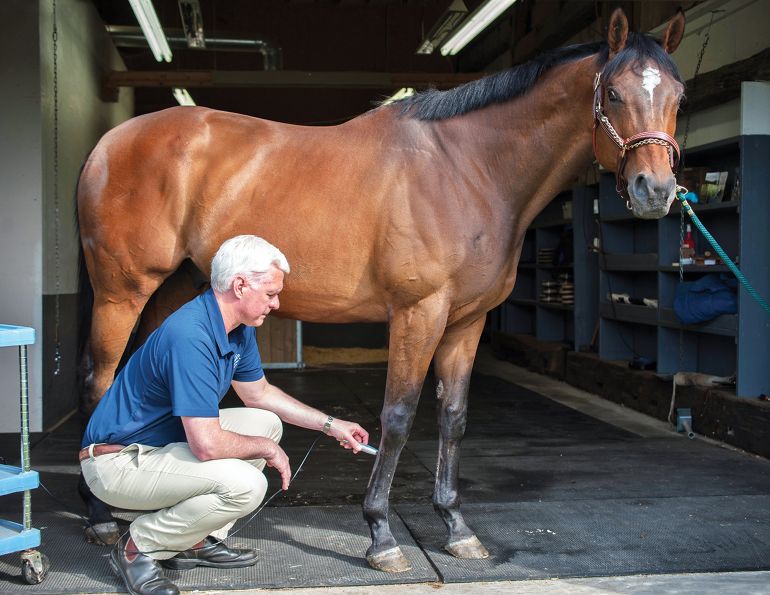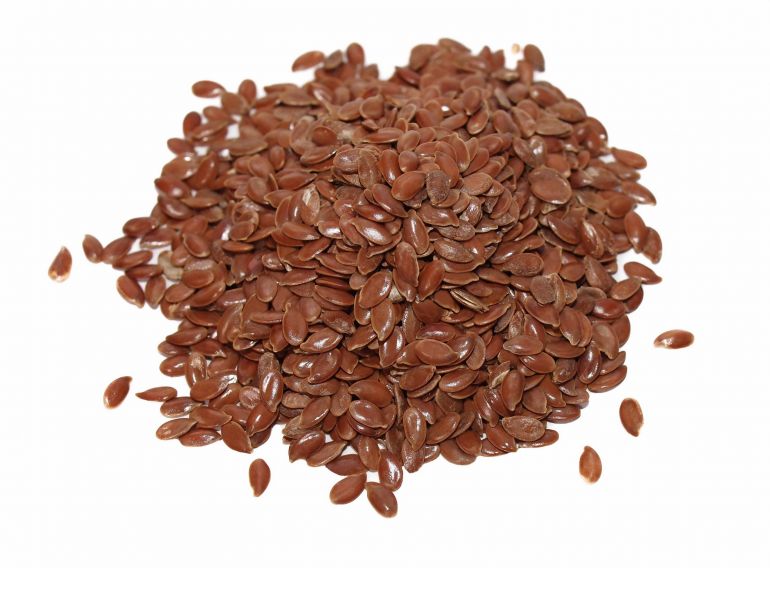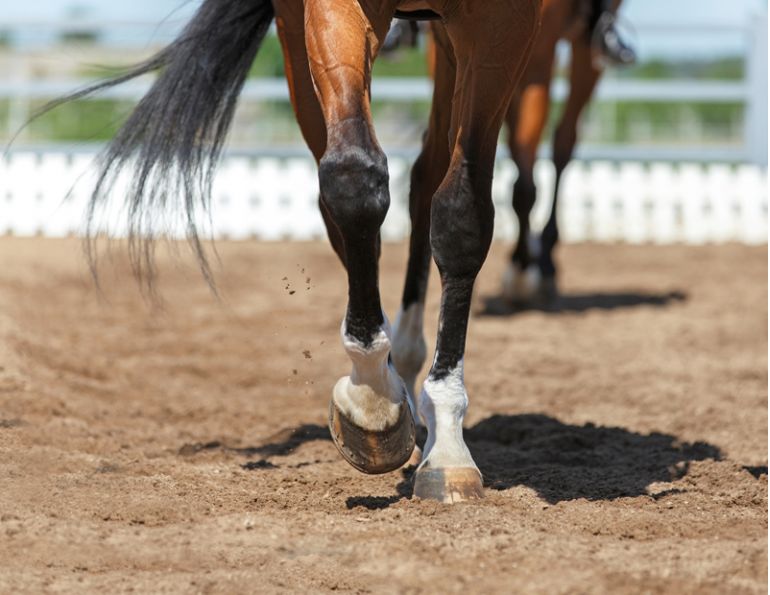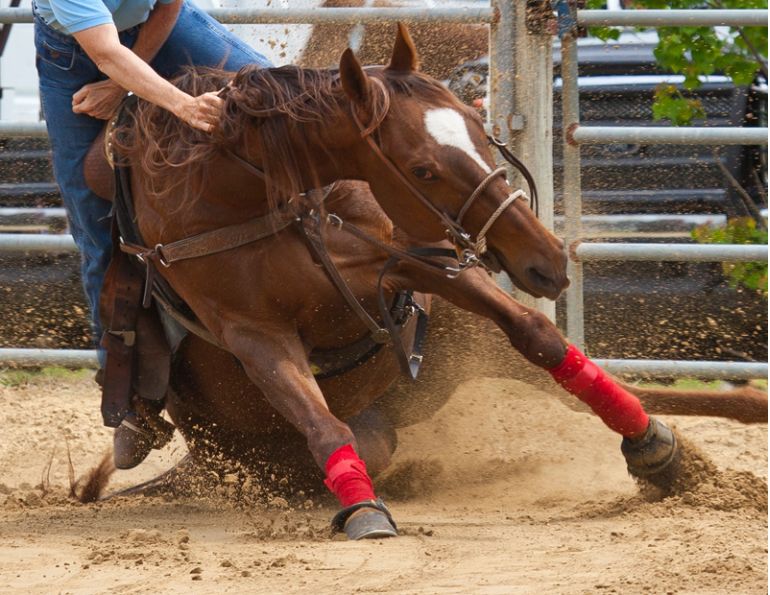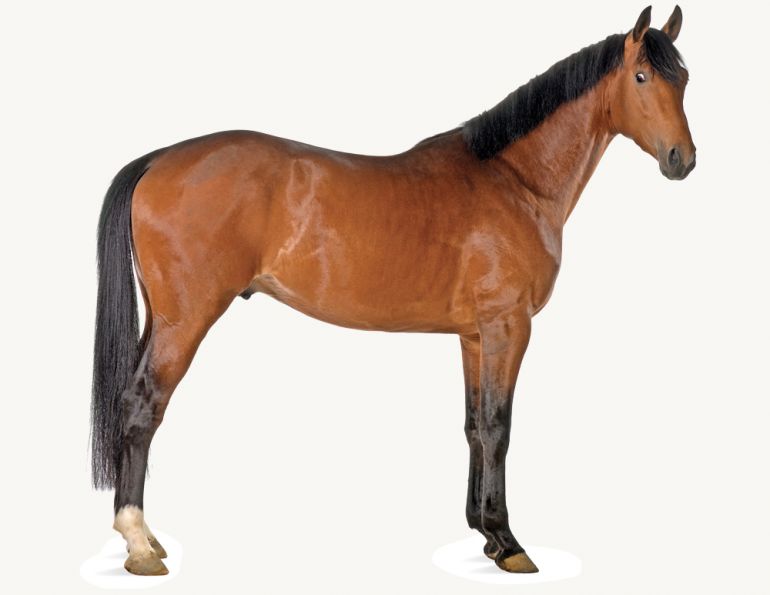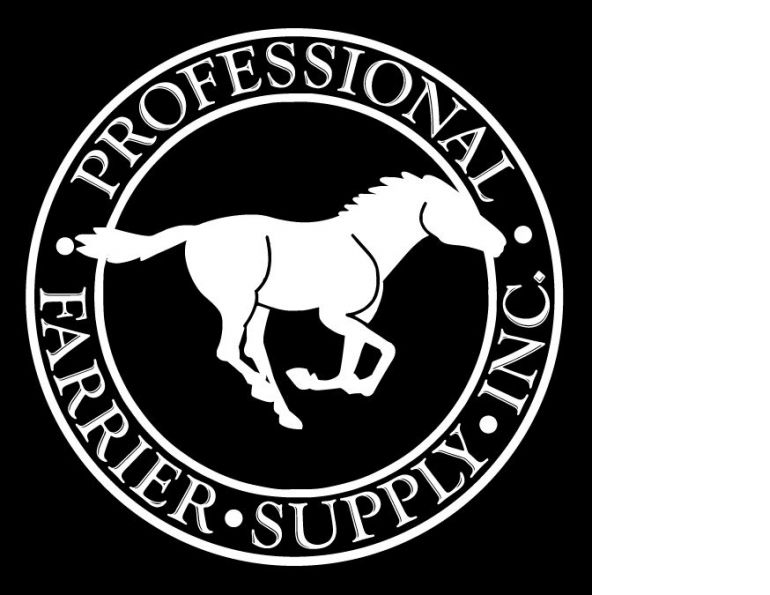By Margaret Evans
Sarcoid skin tumours are the most common form of cancer in horses. The most frequent areas where they grow are around the eyes, the ears, or in the girth area, and they may be locally aggressive. As a result, sarcoid tumours can make a horse unusable for many activities and potentially reduce the animal’s quality of life.
Sarcoids are a class of tumour that have a viral origin and bovine papillomavirus (BPV) is strongly thought to be a cause. Recent research in Europe has also suggested that variants of the BPV have become adapted to horses and are possible drivers behind sarcoids. Sometimes they appear as small raised plaques that are slow to grow and self-limiting. Or they may be large fibrous masses that can grow rapidly then regrow following treatments.
To further understand sarcoids, Douglas Antczak, VMD, Ph.D., the Dorothy Havemeyer McConville Professor of Equine Medicine at the College of Veterinary Medicine, Cornell University, led a study to explore a possible genomic link to the tumours. With a grant from the Morris Animal Foundation, Antczak and his team applied a genome-wide association study to compare the genetic makeup of horses with and without sarcoid tumours at more than 50,000 sites in the equine genome.
In the study, the researchers used 82 sarcoid-affected horses in the USA and the UK, and 272 horses that formed the control group and that did not have sarcoids. One fascinating result was that they found regions on chromosomes 20 and 22 that tended to be different in horses diagnosed with sarcoids. It was encouraging evidence that a horse’s genes determine, at least in part, how susceptible it is to getting the condition.
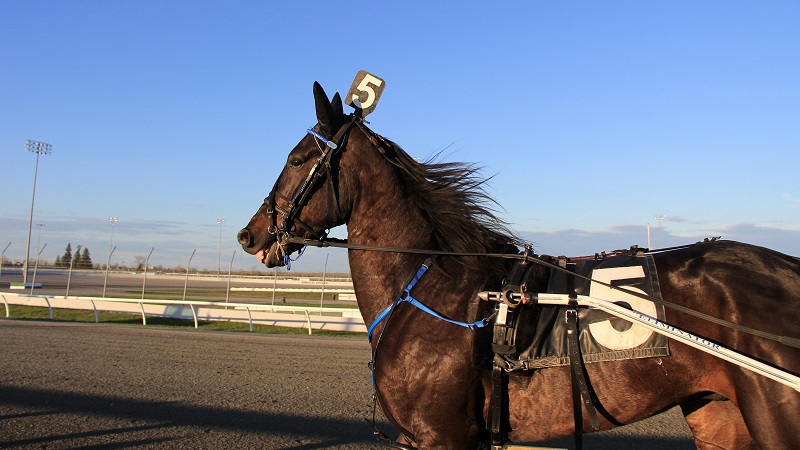
Although certain horse breeds are more susceptible to sarcoids than others, Standardbreds are rarely diagnosed with these skin tumours. Photo: Canstock/FMNelly
“This is an example of more complicated genetics - multigene susceptibility,” says Antczak. “More than one genetic region is associated with susceptibility to sarcoids, and they don’t completely determine whether or not a horse will develop the disease once it’s exposed to BPV.”
The BPV link possibly goes back a long time.
“Most of the work on the viral cause of sarcoids has come from studies in Europe, particularly in Glasgow, Scotland, at the vet school,” says Antczak. “It now seems clear that a virus very similar to bovine papillomavirus (BPV) is the cause of sarcoid. The latest information suggests that BPV ‘jumped species’ from cow to horse at some time in the past (maybe 10,000 years ago?). The BPV virus that can be detected in horses seems to be a BPV strain that has adapted to horses. However, this explanation is not yet confirmed.”
The genetic link implicating the immune system in sarcoid susceptibility is particularly intriguing. The region of chromosome 20 associated with sarcoid development is within a portion of the genome responsible for immune function called the major histocompatibility complex (MHC) class II region.
“There may be several regions in the horse genome that influence susceptibility or resistance to sarcoid,” says Antczak. “The MHC region contains many genes that control immune responses. It may be that BPV interacts with some of the proteins encoded in the MHC region to promote infection and tumour formation. However, this is just a hypothesis. It will require much further research to prove or disprove this idea.”
It appears that certain horse breeds are more susceptible to sarcoids than others. For instance, the MHC type associated with sarcoid susceptibility is very rare among Standardbreds, a fact that may explain why sarcoids are so rarely diagnosed in this breed.
Treatment for sarcoids, though, has not changed a great deal in the past decade.
“Sarcoids can be treated surgically and also with other treatments (radiation, cytotoxic drugs, cryotherapy, etc.),” says Antczak. “The tumours sometimes regrow, but sometimes the cure seems to be permanent. We don’t know why different tumours have such different behaviour. There has been little change in the treatment regimes available over the past 10 years. Different therapies go in and out of favour with horse vets who treat sarcoids. As far as I know there has been no progress on prevention.”
Laser treatment, injecting the tumours with drugs to kill the cells, and immunotherapy have all been used to treat sarcoids.
The association between the BPV virus, the horse’s genes and the tumour’s development may have relevance to a related human condition. Tumours caused by human papillomaviruses account for more than five percent of cancer cases worldwide. In women with cervical cancer, there is also an association with the MHC class II region.
“That should make a light bulb go off,” says Antczak. “It suggests there’s a common mechanism in both species for susceptibility to tumour progression that may involve subversion of the host immune response. By studying this phenomenon in horses, you can learn about human cancer and vice versa.”
The study was published in the International Journal of Cancer.
Main photo: Photos.com/Melissa Jones



